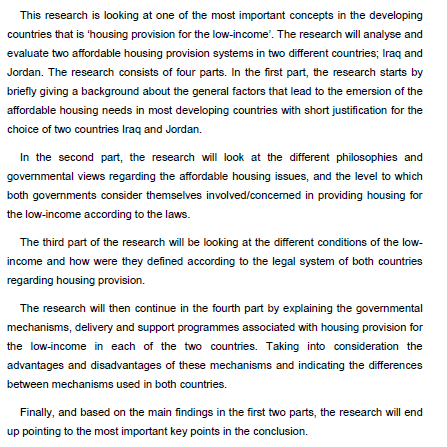In this work we study the influence of the laser pulse energy and ablation time on the aluminum nanoparticles productivity during nanosecond laser ablation of bulk aluminum immersed in liquid.
Aluminum nanoparticles were synthesized by pulsed laser ablation of Al targets in ethanol for 3-8 minutes using the 1064 nm wavelength of a Nd:YAG laser with energies of 300-500 mJ per pulse.The laser energy was varied between 300 and 500 mJ/pulse, whereas the ablation time was set to 5 minutes. UV-Visible absorption spectra was used for the characterization and comparison of products.
Background: The goal of a root canal treatment is three dimensional obturation with a complete seal of the root canal system. The aim of this study was to evaluate and compare the effect of two warm obturation techniques, warm vertical compaction (WVC) and, carrier based obturation technique Gutta Core (GC), versus two cold obturation techniques, cold lateral compaction (CLC) and, single cone (SC) on push-out bond strength of bioceramic sealer (Total Fill) at three different root levels. Materials and Methods: Forty extracted maxillary first molars teeth with a straight round palatal root canal and mature apices were selected for this study. After sectioning the palatal roots to 11 mm from the root apex, the canals were prepared wit
... Show More (5)
(5)
Background: The fracture of instruments within root canal during endodontic treatment is a common incidence, fracture because of fatigue through flexure occurs due to metal fatigue, this study aimed to assess the effect of curvature angle and rotational speed on the cyclic fatigue of different type of Endodontic NiTi Rotary Instruments and compare among them. Materials and method: Three types of rotary instruments with tip size 0.25: ProTaPer F2 (Densply, Malifier) Revo-S SU( 0.06 taper, MicroMega) and RaCe system (0.06 taper, FKG, Dentaire), Forty file of each instrument were used within two canals with angle of curvature (40 &60 )at two speed (250&400)RPM, twelve group were formed for all instruments(total number=120),ten file fo
... Show More (2)
(2)
 (3)
(3)
 (1)
(1)
 (1)
(1)
Background: Colorectal cancer (CRC) is one of the top ten most common cancers worldwide. There are multiple risk factors for CRC, one of which is aging. However, in recent years, CRC has been reported in children. Objective: To describe the main characteristics and symptoms of CRC as well as highlight pathologic data for early-onset CRC. Methods: 79 CRC patients were recruited from the Oncology Teaching Hospital in the period February–December 2022. A questionnaire was used to collect demographic and clinical data. Results: 25 (31.6%) of patients were below 50 years of age. 52 (65.8%) patients had tumors in the colon. The most common symptom is bleeding per rectum in both age groups. There was no significant difference in patholog
... Show More (3)
(3)
 (2)
(2)
In the present research a new test rig has been proposed to be suitable for different cyclic loads such as cyclic bending, cyclic torsion, proportional and non proportional loads. In this work the efforts were concentrated on the cyclic bending loads concerning cracked pipes with or without internal pulsing pressure to study crack propagation in small bore pipes (up to 1'') for transverse or inclined cracks. The rig simulates the real service conditions under different stresses by means the least dangerous case will be suggested, so the experiments were considered for copper pipe, and the results have been tabulated and drawn to demonstrate the crack growth behavior as well as to justify the outcomes practically, consequently the durabil
... Show MoreThe objective of this study was to investigate the effect of Royal jelly RJ on morphology and motility of mice sperms. Sperms were collected from the cauda region of the epididymis of each 10 mice from the treatment and control groups. Direct activation techniques and evaluation of sperm morphology were carried out. Dhino microscope was used for sperm measurement. The inspection was carried out in Salamatic laboratory for pathological analysis in 2015.The result revealed that all of the sperm function parameters registered significant activation in the treatment group. There was a significant increase in both the percentage of the sperm motility grade A and the progressive motility (A+B) of the treatment gr
... Show MoreThis study investigates the impacts of climate change (CC) on the emergence and proliferation of fungal pathogens, with a particular focus on global food security and the potential of medicinal plants and their by-products as sustainable mitigation strategies. Through a systematic literature review of articles published up to 2024, we analyze how CC exacerbates the spread and severity of fungal diseases in crops, leading to significant agricultural losses and threats to food availability. The findings highlight that, alongside conventional approaches such as genetic resistance and precision farming, bioactive compounds derived from medicinal plants and their by-products offer promising, eco-friendly alternatives for the management of fungal
... Show More
